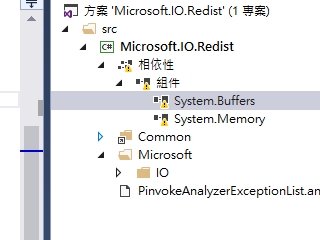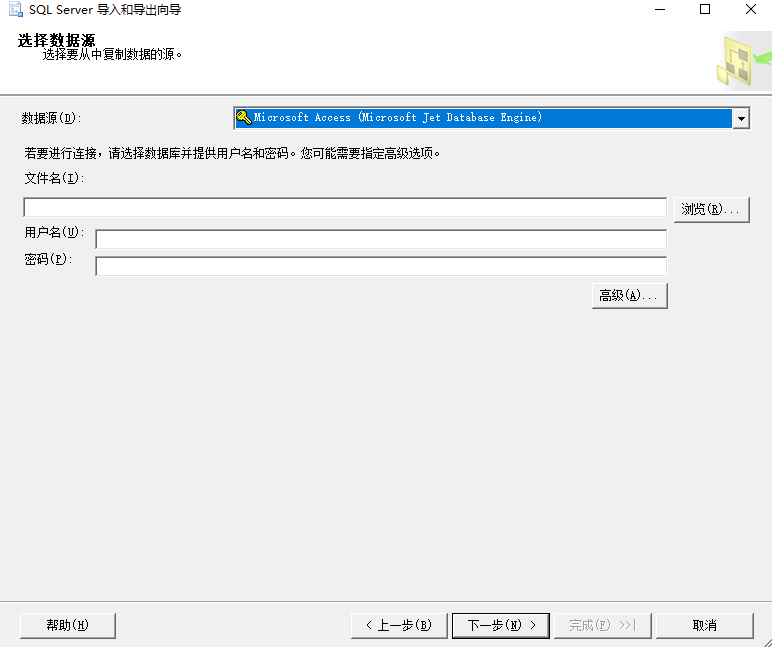可以将文章内容翻译成中文,广告屏蔽插件可能会导致该功能失效(如失效,请关闭广告屏蔽插件后再试):
问题:
I am currently writing a music blog. The administrator posts a new article every 2-3 days. Once the administrator posts an article, a mass email will be sent to around 5000 subscribers immediately.
What is the best way to implement the mass mail feature?
Does the following function work?
function massmail()
{
$content = '...';
foreach ($recipients as $r) {
$_content = $content . '<img src="http://xxx/trackOpenRate.php?id='.$r.'">';
mail($r, 'subject', $_content);
}
}
Another question: If all 5000 subscribers are using Yahoo Mail, will Yahoo treat it as a DDOS attack and block the IP address of my SMTP server?
回答1:
First off, using the mail() function that comes with PHP is not an optimal solution. It is easily marked as spammed, and you need to set up header to ensure that you are sending HTML emails correctly. As for whether the code snippet will work, it would, but I doubt you will get HTML code inside it correctly without specifying extra headers
I'll suggest you take a look at SwiftMailer, which has HTML support, support for different mime types and SMTP authentication (which is less likely to mark your mail as spam).
回答2:
I would insert all the emails into a database (sort of like a queue), then process them one at a time as you have done in your code (if you want to use swiftmailer or phpmailer etc, you can do that too.)
After each mail is sent, update the database to record the date/time it was sent.
By putting them in the database first you have
- a record of who you sent it to
- if your script times out or fails and you have to run it again, then you won't end up sending the same email out to people twice
- you can run the send process from a cron job and do a batch at a time, so that your mail server is not overwhelmed, and keep track of what has been sent
Keep in mind, how to automate bounced emails or invalid emails so they can automatically removed from your list.
If you are sending that many emails you are bound to get a few bounces.
回答3:
This is advice, not an answer: You are much, much better off using dedicated mailing list software. mailman is an oft-used example, but something as simple as mlmmj may suffice. Sending mass mails is actually a more difficult task than it actually appears to be. Not only do you have to send the mails, you also have to keep track of "dead" addresses to avoid your mail, or worse, your mailserver, being marked as spam.
You have to handle people unsubscribing for much the same reason.
You can implement these things yourself, but particularly bounce handling is difficult and unrewarding work. Using a mailing list manager will make things a lot easier.
As for how to make your mail palatable for yahoo, that is another matter entirely. For all its faults, they seem to put great stock in SPF and DomainKey. You probably will have to implement them, which will require co-operation from your mail server administrator.
回答4:
You may consider using CRON for that kind of operation. Sending mass mail at once is certainly not good, it may be detected as spam, ddos, crash your server etc.
So CRON could be a great solution, send 100 mails at once, then wait a few minutes, next 100, etc.
回答5:
Do not send email to 5,000 people using standard PHP tools. You'll get banned by most ISPs in seconds and never even know it. You should either use some mailing lists software or an Email Service Provider do to this.
回答6:
Why don't you rather use phplist? It's also built on top of PHP Mailer and a lot of industry leaders are using it. I've used it myself a couple of times to send out bulk mails to my clients. The nice thing about phplist is that you can throttle your messages on a domain level plus a time limit level. For a complete list of features have a look at: http://www.phplist.com/details
What we've also done with a couple of internal capture systems we've got was to push our user base to the mailling list and then have a cron entry triggering a given mail each day. The possibilities are endless, that's the awesome thing about open source!
回答7:
Also the Pear packages:
http://pear.php.net/package/Mail_Mime
http://pear.php.net/package/Mail
http://pear.php.net/package/Mail_Queue
sob.
PS: DO NOT use mail() to send those 5000 emails. In addition to what everyone else said, it is extremely inefficient since mail() creates a separate socket per email set, even to the same MTA.
回答8:
Also have a look at the PHPmailer class. PHPMailer
回答9:
I already did it using Lotus Notus and PHP. This solution works if you have access to the mail server or you can request something to the mail server Administrator:
1) Create a group in the mail server: "Sales Department".
2) Assign to the group the accounts you need to be in the group.
3) Assign an internet address to the group: salesdept@DOMAIN.com.
4) Create you PHP script using the mail function:
$to = "salesdept@DOMAIN.com";
mail($to, $subject, $message, $headers);
It worked for me and all the accounts included in the group receive the mail.
The best of the lucks.
回答10:
You can use swiftmailer for it. By using batch process.
<?php
$message = Swift_Message::newInstance()
->setSubject('Let\'s get together today.')
->setFrom(array('myfrom@domain.com' => 'From Me'))
->setBody('Here is the message itself')
->addPart('<b>Test message being sent!!</b>', 'text/html');
$data = mysql_query('SELECT first, last, email FROM users WHERE is_active=1') or die(mysql_error());
while($row = mysql_fetch_assoc($data))
{
$message->addTo($row['email'], $row['first'] . ' ' . $row['last']);
}
$message->batchSend();
?>
回答11:
Why bother program yourself? It's a blog, just use Google Feedburner which automatically pushes updates to subscribers via email.
It's free and it uses Google's infrastructure. Can't get any better than that. I use it for some of my sites / blogs and it works wonderfully.
Downside is it doesn't seem to be actively developed and not supported any more. I'd suggest you frown away to a commercial email list if you are serious about your business.



